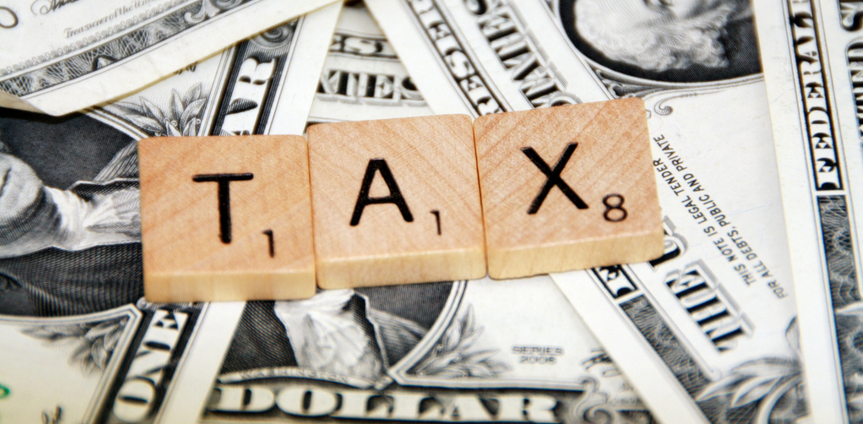How Personal Income Tax works in Thailand ?
One of the most successful countries in Southeast Asia in term of economy and tourism, Thailand is soon expected to be the best destination for all.
Thailand’s improvement on welfare and social security depends on the taxes. Hence, the Personal Income Tax plays an essential role in indicating the country’s success and shows how expats should prepare to settle down in this wonderful Land of Smiles.
The Personal Income Tax (PIT) of Thailand depends upon a direct tax levied on income of each individual. In general, a person liable to PIT has to compute his tax liability, file tax return and pay tax accordingly on a calendar year basis.
Two Classifications of Taxpayers
- A resident is any person living in Thailand for a cumulative 180 days or more in the calendar year. They are taxable on income from all sources in Thailand on a cash basis regardless of where the money is paid, and on the portion of income that is brought into Thailand in the same year that it is earned.
- A non-resident individual is subject to tax only on assessable income from Thai sources, regardless of payment location. Taxable income covers both cash and benefits in kind and includes income from employment, hire of work, receipts from copyright, interest, dividends, capital gains and the letting of property.
Personal income tax is imposed at a progressive rate ranging from 5 percent to 37 percent. Every person, resident or non-resident, who derives assessable income from employment or business in Thailand, or has assets located in Thailand, is subject to personal income tax, whether such income is paid in or outside of Thailand. Capital gains arising from transfer of assets (like property) is taxable income. There is no specific capital gains tax in Thailand. Capital gains are subject to tax in the same manner as any other forms of income. *http://www.samuiforsale.com/law-texts/the-thailand-revenue-code.html#3
Tax rates in 2015 for employment income and hire of work
| Taxable income (Baht) | Tax rate (%) |
| 1-150,000 | Exempt |
| 150,001-300,000 | 5% |
| 300,001-500,000 | 10% |
| 500,001-750,000 | 15% |
| 750,001-1,000,000 | 20% |
| 1,000,001-2,000,000 | 25% |
| 2,000,001-4,000,000 | 30% |
| 4,000,001 and Over | 35% |
Payment Process
Taxpayer is liable to file Personal Income Tax return and make a payment to the Revenue Department within the last day of March following the taxable year. Any withholding tax or half-yearly tax which has been paid to the Revenue Department can be used as a credit against the tax liability at the end of the year.
















